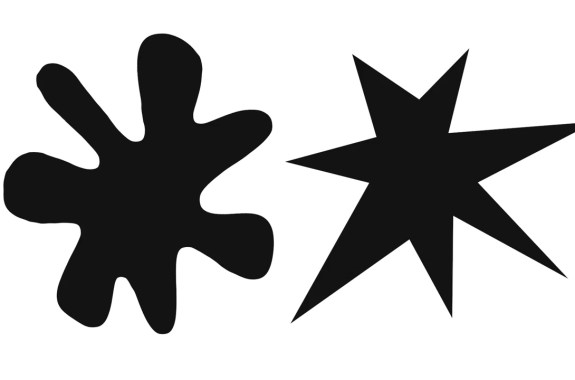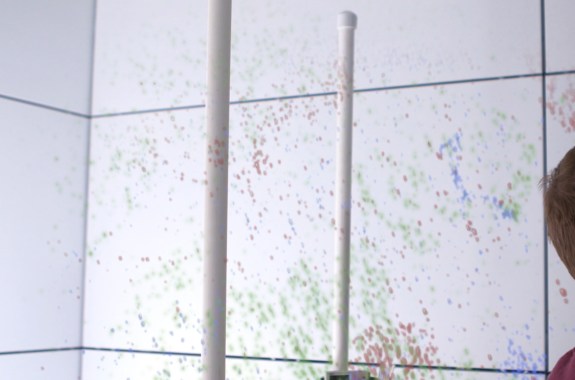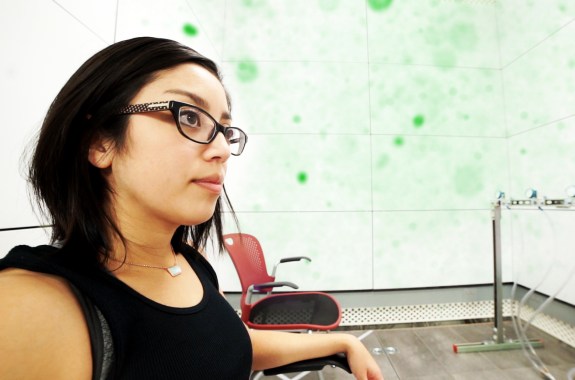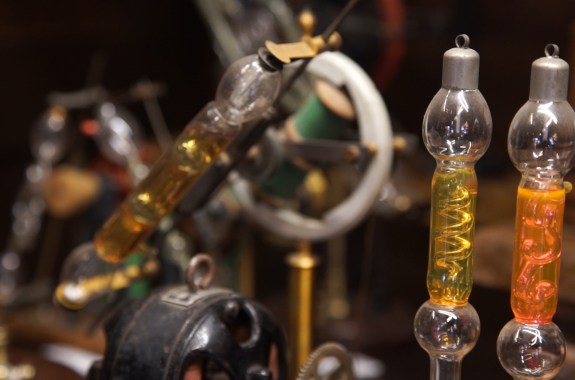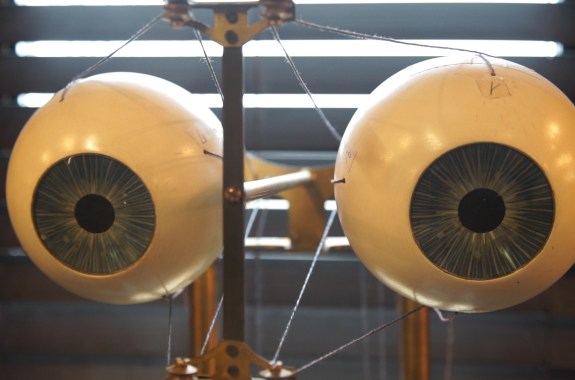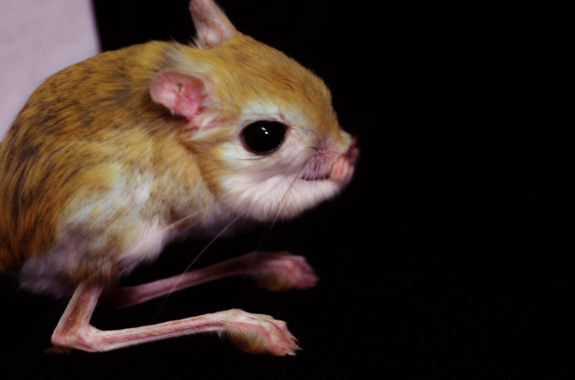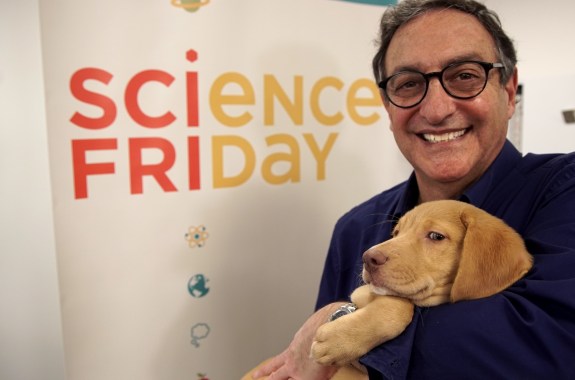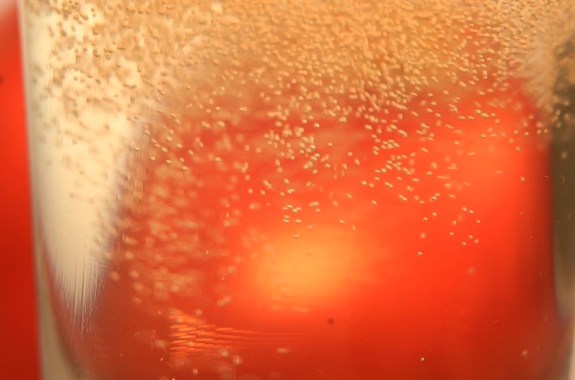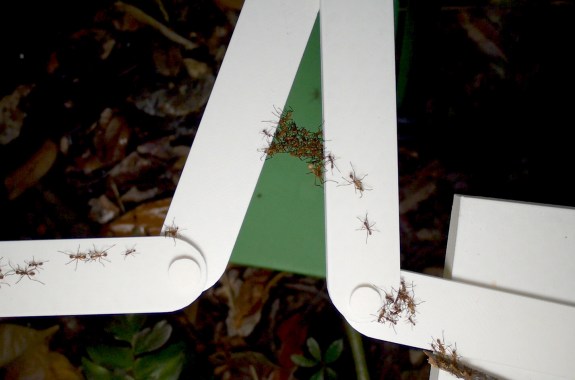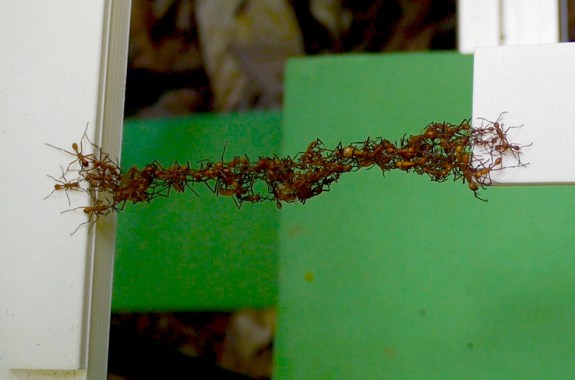As Science Friday’s video producer, Luke is tasked with writing, filming, directing, editing, animating, narrating, and promoting many of the short films you’ll find on this here website. Every other week, he becomes obsessed with the research he films until his video is complete or his colleagues show him a shiny new study to play with. Luke also wrangles a stable of equally enthusiastic freelance filmmakers, helping them to produce and promote their own stories.
Prior to being domesticated by Science Friday, Luke worked at the Wildlife Conservation Society, where he profiled a wide cast of characters, both two- and four-legged. The experience provided hands-on training in storytelling, as well as some invaluable lessons in wildlife filmmaking, such as “Lemurs enjoy scent marking. Everything.” And, “Never let a baby walrus sit on you.”
Despite his snobby film school education at SUNY Purchase and his devotion to Werner Herzog, his favorite film remains The Bear. He doesn’t care that it is a “kiddie film” that anthropomorphizes animals—he cries every time and isn’t ashamed of it.
The Bouba-Kiki Effect
In most scientific research, upwards of 90% of people will associate a pointy polygon with “kiki” and a rounded amoeboid with “bouba.”
4:28
Something’s in the Air—It’s Your Microbial Cloud
Even sitting quietly in a room can generate a personalized cloud of microbes.
Your Very Special Microbial Cloud
At the Biology and the Built Environment Center at the University of Oregon, researchers have revealed that not only can they detect and catalog the microbial cloud of someone in a room, but each person’s cloud is unique.
4:57
These Outmoded Scientific Instruments Are Also Things of Beauty
Steve Erenberg collects early scientific and medical instruments that are also things of beauty.
Things of Beauty: Scientific Instruments of Yore
Brimming with Victorian medical masks, surreal anatomical models, and futuristic test prostheses, Steve Erenberg’s store/museum in Peekskill, New York offers a tour of long-forgotten devices.
6:11
Jump In Jerboas!
What can the long hindlimb of the jerboa (“a fuzzy rodent ‘T-Rex'”) tell us about the evolution of human bones?
Science Friday’s Gift to You
Science Friday hopes to provide our listeners, subscribers, readers, and supporters the joy of discovery and knowledge. This year, we want to give you a little more.
Cider Science
Making a hard cider is about 50 percent chemistry, and 50 percent is art.
06:06
The Swarming Intelligence Of Ant Colonies And Slime Molds
Biologist Simon Garnier studies how ant colonies and the multi-nucleated slime mold organize themselves into dynamic structures.
The Road Best Traveled: A Tale of Ants, Slime Mold, and the New Jersey Turnpike
Can the expansive food trails of army ants or the seemingly mindless exploration of slime mold help us understand how and why organisms organize themselves so dynamically?
